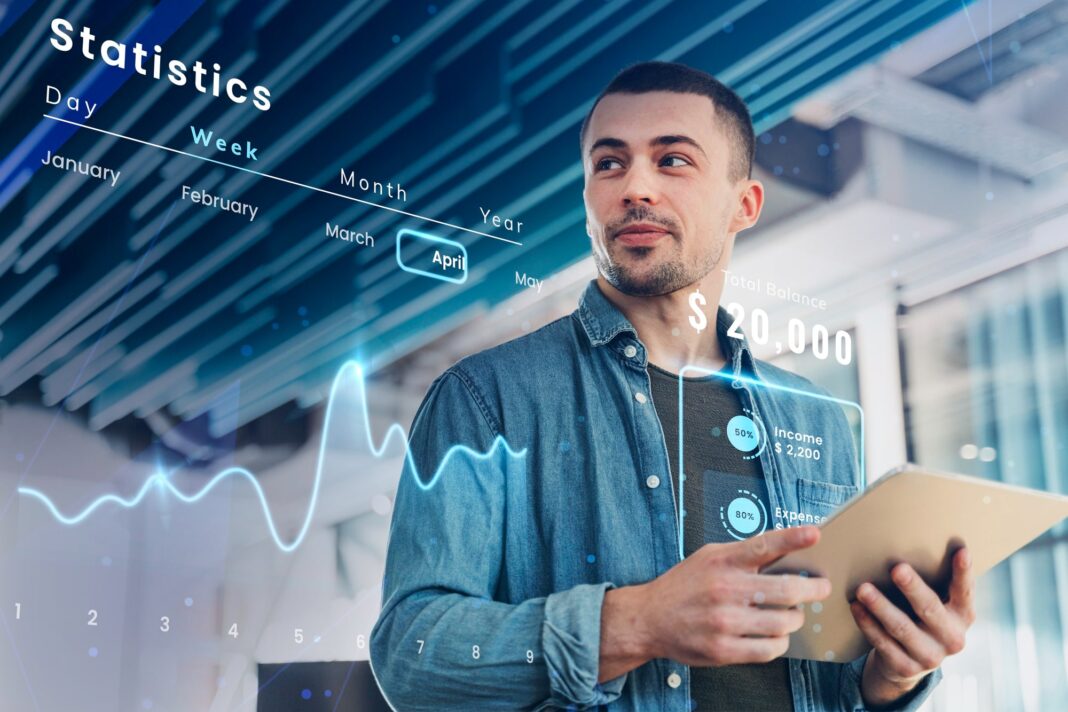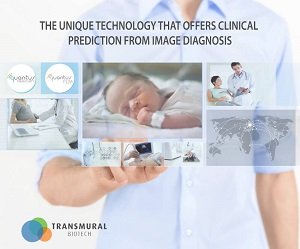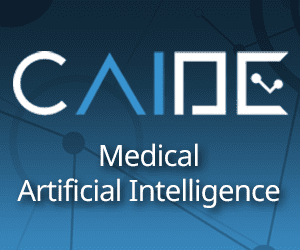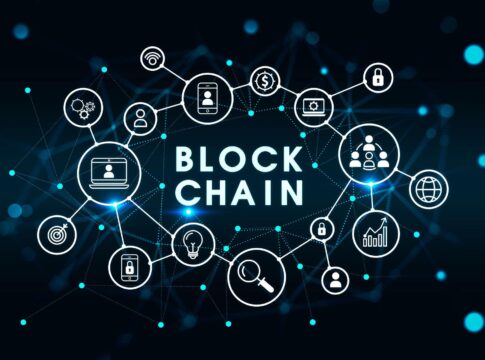IoT (Internet of Things) data analytics is a process of extracting valuable insights and actionable information from the massive streams of data generated by IoT devices and systems. With billions of connected devices collecting and transmitting data, IoT analytics plays a critical role in making sense of this data and enabling informed decision-making. Here’s how IoT data analytics works and its significance:
Data Collection and Integration: IoT data analytics begins with collecting data from IoT devices, sensors, and systems. This data can include sensor readings, environmental parameters, device statuses, user interactions, and more. The data is typically collected in real-time and stored in databases or cloud platforms for further analysis.
Data Preprocessing and Cleansing: IoT data can be noisy, incomplete, or contain outliers. Data preprocessing and cleansing involve removing errors, filling missing values, and normalizing the data for consistency. This step ensures that the data is in a suitable format for analysis and improves the accuracy and reliability of the insights derived from it.
Data Storage and Management: IoT generates massive volumes of data, often in a variety of formats and structures. Data storage and management systems, such as data lakes or data warehouses, provide scalable and efficient storage solutions for organizing and accessing IoT data. These systems enable quick retrieval and analysis of the data when needed.
Real-Time and Batch Processing: IoT data analytics can involve both real-time and batch processing approaches. Real-time analytics processes data as it arrives, enabling immediate insights and actions. Batch processing analyzes data in larger volumes, allowing for more comprehensive analysis and complex algorithms to be applied. The choice of processing approach depends on the specific use case and analytical requirements.
Data Exploration and Visualization: IoT data analytics involves exploring the data to understand its patterns, trends, and correlations. Visualization techniques, such as charts, graphs, and dashboards, help make the data more understandable and facilitate insights discovery. Data visualization aids in identifying anomalies, spotting trends, and communicating findings to stakeholders effectively.
Statistical Analysis and Machine Learning: IoT data analytics often employs statistical analysis and machine learning techniques to extract insights from the data. Statistical analysis methods, such as regression, clustering, and time series analysis, help uncover relationships, patterns, and anomalies in the data. Machine learning algorithms can be used for predictive modeling, anomaly detection, and classification tasks, enabling proactive decision-making and automated actions.
Actionable Insights and Decision-Making: The ultimate goal of IoT data analytics is to derive actionable insights that drive informed decision-making. By analyzing IoT data, businesses and organizations can gain insights into customer behavior, optimize operations, improve efficiency, predict maintenance needs, enhance product development, and support strategic decision-making. These insights can lead to cost savings, process improvements, new revenue opportunities, and better customer experiences.
Continuous Improvement and Optimization: IoT data analytics is an iterative process. As more data is collected and analyzed, organizations can refine their analytics models, algorithms, and strategies. Continuous improvement and optimization help enhance the accuracy, reliability, and effectiveness of IoT data analytics, enabling organizations to gain deeper insights and improve outcomes over time.
IoT data analytics enables businesses and organizations to leverage the vast amounts of data generated by IoT devices. By extracting actionable insights, organizations can make data-driven decisions, drive innovation, and optimize processes across various industries, including manufacturing, healthcare, energy, transportation, and more. The ability to transform raw IoT data into meaningful insights is key to unlocking the full potential of IoT and realizing its value in driving positive outcomes.








